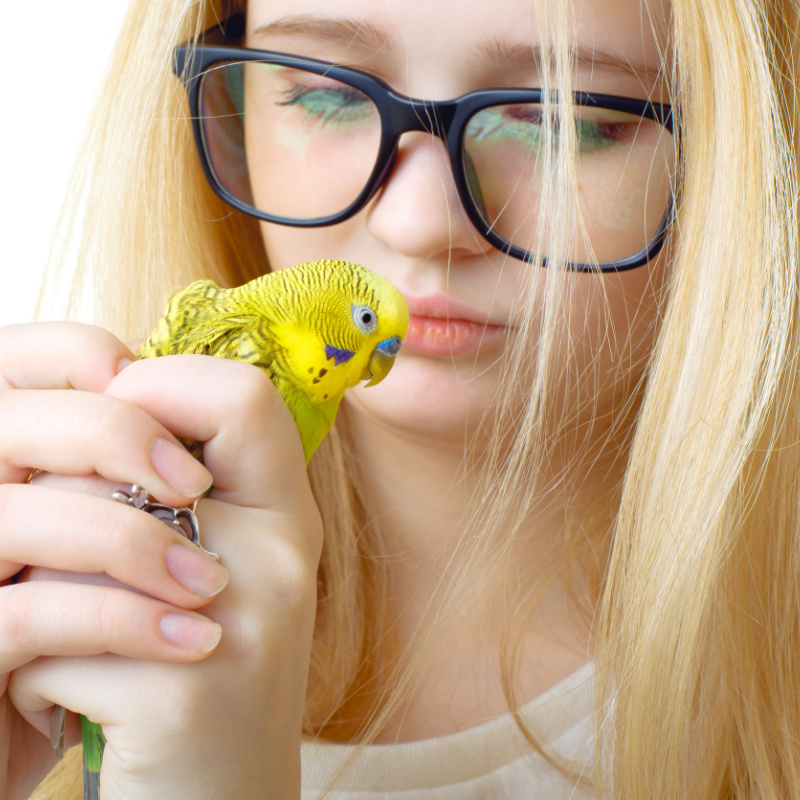The Problem with Feeding Corn to Parrots
My parrots love eating any kind of fruit or juice, nuts or seeds, but aren’t interested in any other kind of food I think is good for them. How can I change this?
This article is written with the understanding that you are providing a high quality formulated parrot pellet to your bird. Seed diets are ok but many nutrients are lost from “vitamin fortified” seed diets when the hull of the seed (where the vitamin fortification is applied) is discarded by the bird. We advocate a multi-vitamin supplement to ensure optimal nutrition with a seed diet. (more…)

Pet bird features
makes caged bird keeping the most challenging of traditional pet husbandry.
Your science lesson for today is a brief refresher on how birds breathe. When you and I breathe, air flows in AND out of our lungs. Air sacs in a bird’s chest allow air to flow one way through the lungs.
I have a 5 yr old Catalina Macaw that I have had since he was 6-1/2 weeks old. At 6 months old, he broke the bars of his first cage, then we got him a big “Kings Corner” Cage, and it didn’t take him long to learn how to open the latch on the door, so we have been duct-taping that for quite some time now. (more…)
A woman just called and asked if we had any Beta Carotene. We asked why she was looking for that particular product. She replied her 6 year old Senegal was not looking well.